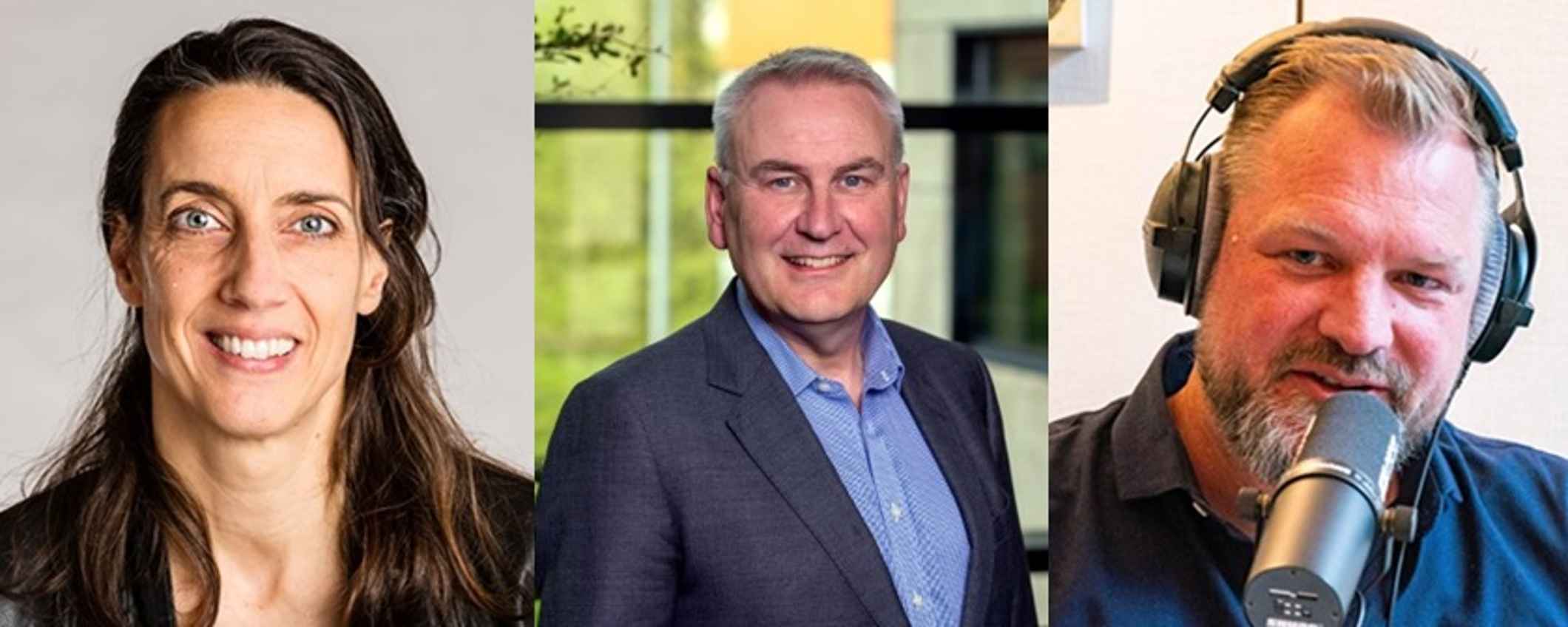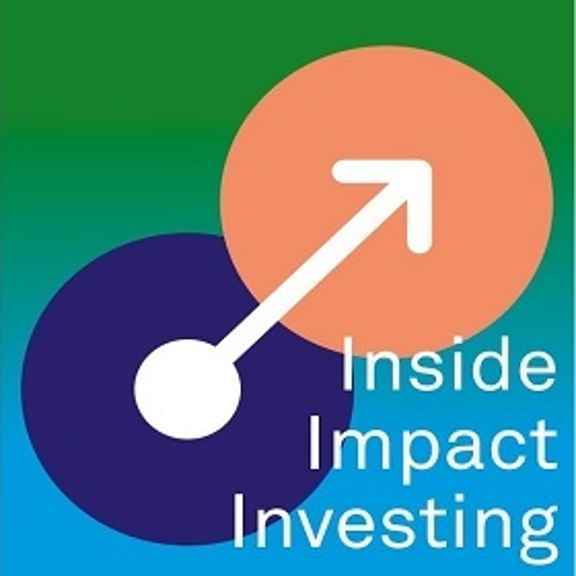David Kuijper explains what blended finance entails and how it is needed to get important transitions going, especially in emerging markets. He acknowledges that, despite the clear need for blended finance initiatives, it is still very difficult to scale them up. Despite a yearly financing gap in the trillions, private capital mobilisation through blended finance remains modest, with USD 14 billion in 2022. What is needed is market creation, the creation of an environment that invests in investing, thus securing a pipeline and improving the scalability of transactions.
Judith Santbergen explains how Hivos-Triodos Fonds has the ability to also do smaller transactions, focusing on SMEs in high impact sectors in emerging markets. Tailored to meet investors’ requirements - be it fiduciary or regulatory – blended finance can open new markets and offer diversification.
Despite the difficulties in scaling up, both see good opportunities for blended finance. Given the demographic developments – Europe is ageing, the global south is young and growing – and Europe’s enormous amount pension money, there is a strong need to transition European private capital to emerging markets. Blended finance facilities can certainly help change the direction of these private capital flows.
Key topics of this podcast include:
- What is blended finance and why does it matter
- The role of public and private investors
- Bottlenecks and opportunities of blended finance
As Karel Nierop concludes, “Although there is room for improvement, blended finance can work and does work. It's not the holy grail, but a very practical and scaleable tool.”
Listen on Spotify or via RSS.
Also available on:



